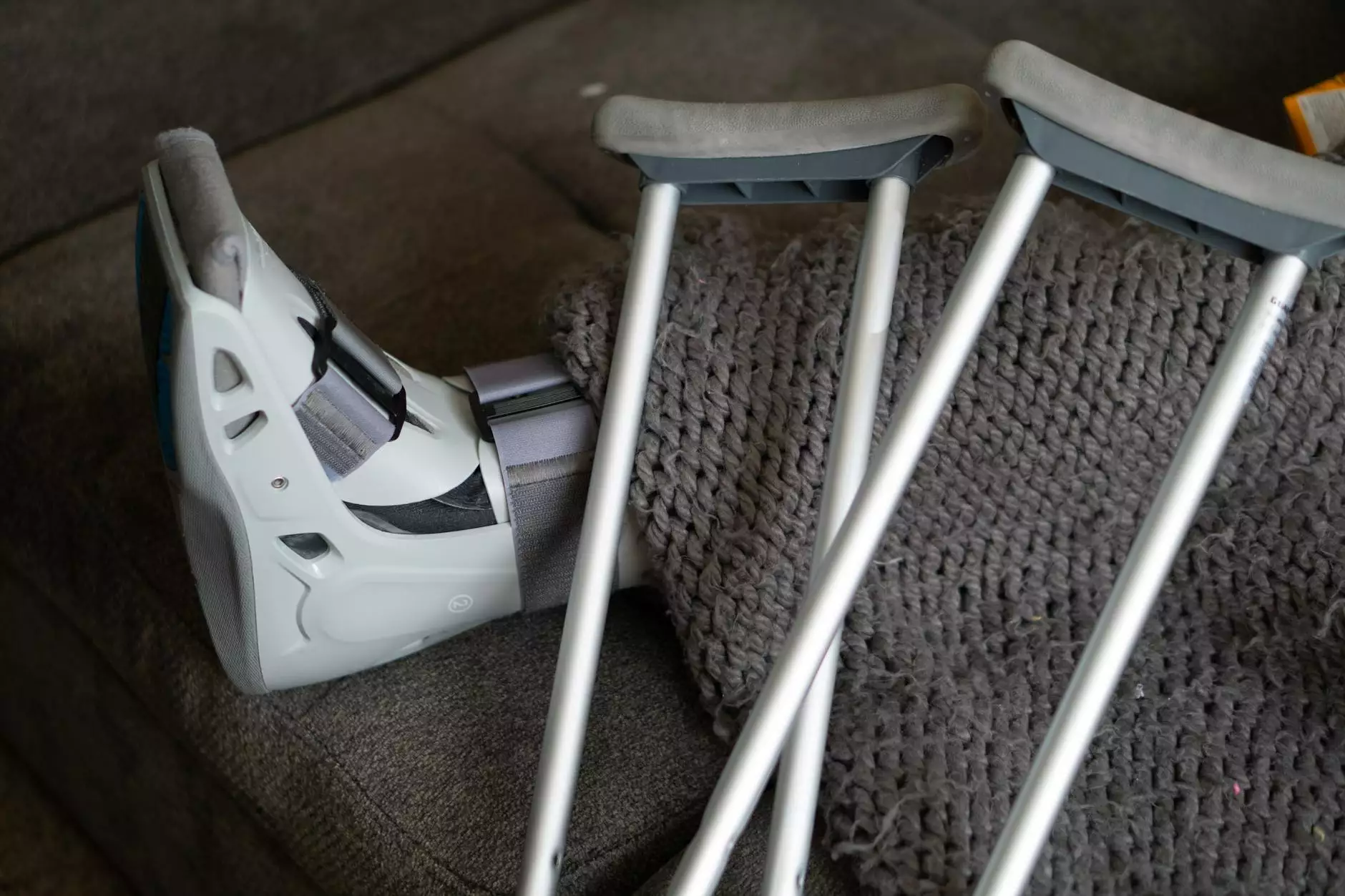Tendonitis vs Tendinosis vs Tendinopathy: Understanding the Differences

In the realm of musculoskeletal health, understanding the distinctions between tendonitis, tendinosis, and tendinopathy is crucial for accurate diagnosis and effective treatment. These conditions are prevalent among athletes and non-athletes alike, often leading to discomfort and impaired mobility. This comprehensive guide will delve into each condition, compare their characteristics, and provide insights into their management, ensuring you are equipped to tackle these common issues.
Defining Tendon Injuries
Tendons are the fibrous connective tissues that attach muscles to bones. They play a vital role in facilitating movement across joints. When these structures are subjected to overuse, injury, or degeneration, it can lead to two primary types of tendon conditions: tendonitis and tendinosis, both of which fall under the broader category of tendinopathy.
What is Tendonitis?
Tendonitis is characterized by inflammation of the tendon. It typically results from acute injuries or repetitive strain, leading to pain, swelling, and tenderness. Common locations for tendonitis include the shoulder (rotator cuff tendonitis), elbow (tennis elbow), knee (patellar tendonitis), and Achilles tendon.
Key Symptoms of Tendonitis
- Pain: Localized pain surrounding the affected tendon, often exacerbated by movement.
- Swelling: Inflammation can lead to visible swelling at the site.
- Tenderness: Increased sensitivity upon palpation of the tendon.
- Reduced Range of Motion: Pain may limit the ability to use the affected limb fully.
What is Tendinosis?
Tendinosis is a chronic condition characterized by the degeneration of the tendon’s collagen in response to chronic overuse and insufficient healing time. Unlike tendonitis, which involves inflammation, tendinosis indicates a failed healing process and is often seen in populations that engage in repetitive movements over extended periods.
Key Symptoms of Tendinosis
- Dull Pain: Ongoing discomfort, often described as a dull ache, which intensifies with activity.
- Stiffness: Tendons may feel stiff, particularly after rest or long periods of inactivity.
- Thickening: The affected tendon may exhibit a thickened appearance.
- Limited Mobility: Advanced cases can severely limit range of motion and function.
What is Tendinopathy?
Tendinopathy is an umbrella term that encompasses both tendonitis and tendinosis. It refers to any pathological condition of a tendon that causes pain and dysfunction. Understanding that tendinopathy can manifest in multiple forms helps in tailoring an effective treatment strategy.
Comparing Tendonitis, Tendinosis, and Tendinopathy
While the terms tendonitis, tendinosis, and tendinopathy are often used interchangeably, understanding their specific characteristics is essential for effective treatment.
Tendonitis vs Tendinosis
The primary distinction lies in the presence of inflammation: tendonitis involves inflammation, while tendinosis represents a degenerative process without acute inflammation. Here’s a brief comparative overview:
FeatureTendonitisTendinosisNatureInflammatoryDegenerativeOnsetAcuteChronicDurationShort termLong termSymptomsPain, swelling, warmthDull pain, stiffness, thickeningTreatment FocusReduce inflammationPromote healing and collagen remodelingUnderstanding Tendinopathy
Tendinopathy is a broader term encompassing both tendonitis and tendinosis. Recognizing the general symptoms associated with tendinopathy allows healthcare providers to offer appropriate interventions regardless of the underlying mechanism. Effective treatments for tendinopathy may include:
- Physical Therapy: Customized rehabilitation programs to improve strength and flexibility.
- Medications: Nonsteroidal anti-inflammatory drugs (NSAIDs) to manage pain and inflammation.
- Corticosteroid Injections: In cases of significant inflammation, corticosteroid injections may be considered.
- Physical Modalities: Ultrasound and laser therapy to promote healing.
- Orthotics: Custom or supportive devices to alleviate stress on tendons.
Understanding Causes and Risk Factors
Common Causes of Tendon Injuries
The causes of tendonitis, tendinosis, and tendinopathy can often be traced back to lifestyle, occupation, and athletic activities. Here are some common causes:
- Overuse: Repetitive motions in sports, dance, or job-related tasks.
- Aging: Age-related changes to tendons that decrease elasticity and strength.
- Poor Technique: Improper form during physical activity can place undue stress on tendons.
- Inadequate Warm-up: Failing to prepare muscles and tendons before strenuous activities can lead to injuries.
- Underlying Conditions: Certain health conditions, like diabetes or arthritis, can increase the risk.
Prevention and Management of Tendon Injuries
While some risk factors are unavoidable, others can be effectively managed to reduce the chances of developing tendon-related issues:
Preventive Measures
- Proper Warm-ups: Engage in appropriate warm-up exercises before physical activities to prepare tendons for exertion.
- Strength Training: Incorporate strength exercises to enhance tendon robustness and flexibility.
- Gradual Progression: Increase intensity and duration of physical activity gradually to avoid overloading tendons.
- Ergonomic Assessments: Adjust workplace setup to reduce repetitive strain injury risks.
- Regular Rest: Allow sufficient downtime for tendons to recover between training sessions.
Treatment Options
If you experience pain or dysfunction related to your tendons, seeking medical advice is crucial. Treatment can vary based on diagnosis, severity, and individual needs:
- Rest: Recovery time is vital; avoid aggravating activities.
- Icing: Ice application can reduce swelling and pain.
- Stretching: Gentle stretching of the affected area can improve flexibility and healing.
- Alternative Therapies: Consider modalities such as acupuncture or massage therapy.
Conclusion
Understanding the differences between tendonitis, tendinosis, and tendinopathy is essential for effective diagnosis and treatment. Both athletes and non-athletes can benefit from recognizing symptoms, identifying risk factors, and implementing preventive measures. By adopting a holistic approach to tendon health, individuals can not only manage existing injuries but also significantly reduce the risk of future complications.
For further information and support, consider reaching out to health professionals who specialize in musculoskeletal health. It is beneficial to have a tailored rehabilitation program that aligns with your specific needs, and remember, early intervention can make a substantial difference in recovery and overall tendon health.
tendonitis vs tendinosis vs tendinopathy








